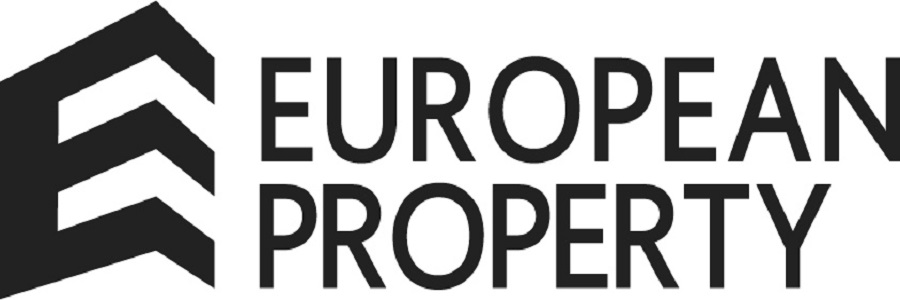While a necessary step in ensuring that property development is constructive and sustainable, net zero goals are introducing some new burdens to the construction scene picture. Renovations are often on the cards when it comes to adding luxury to a property, whether that be Paris and London basement building or energetic renovation in Germany. According to The Guardian, the latest raft of regulations, both in the UK and Europe which impact energy efficiency, insulation and loft conversions in particular, will increase the price of renovation significantly. With that in mind, it has never been more crucial to get renovations right the first time, from planning through to execution.
Surveys and planning
There has been significant focus on new construction throughout Europe, luxury homes in particular, over the past few years. According to the Architects Journal, this has led to 26% of new graduates, many potentially surveyors or designers themselves, being unaware of the steps that need to be taken to ensure a property is ready for redevelopment. Of course, for renovations and extensions, the crucial step is a measured building survey. Covering a much wider range of factors than a standard survey, this enables the developer to get a full and technical view of the building, including, but not limited to, internal and external elevations, cross sections, roof plans, ceiling plans and internal plans. With loft conversions and conservatories continuing to be some of the most popular and exciting ways to renovate a luxury property, these surveys are essential and will help in putting plans together.
Future proofing features
It’s also important to look at how the property will look ten or twenty years in the future. The smart home is slowly starting to be realised; Berg Insight estimates the number of such homes in Europe is approaching 100 million. As such, renovations should be inclusive of the latest sustainable and digital tech. Connective walls, which promote wireless signal and have creatively set sockets for digital tools; inbuilt connective IoT features, such as digital thermostats and smart windows; and high quality insulation and cladding for all rooms. Putting the planning in now ensures that future renovations won’t have to tear up the entire property to implement the features of the day – raising the property value.
The supply chain
The pandemic has brought the sustainability and resilience of the Europe-wide supply chain into sharp focus. As a result, there are now emergency supply chain measures being brought in, according to Reuters, which have caused consternation with businesses but should help those renovating their properties. Despite these extra measures, which will shore up construction companies as they seek to complete work, there remain serious delays and cost increases across construction. As such, it’s important to plan and only start work once it can be reasonably seen that all of the relevant materials and expertise is in place. The renovation of the incredible Párisi Udvar building, Budapest, stands as an important example of where the supply chain can cause problems, as highlighted by Daily News Hungary.
Renovation is still a fantastic way to update properties and to create luxury where perhaps there wasn’t that quality before. However, there are challenges across the construction and property sector which require careful attention. Through full planning and a focus on the most important factors, these issues can be headed off.


